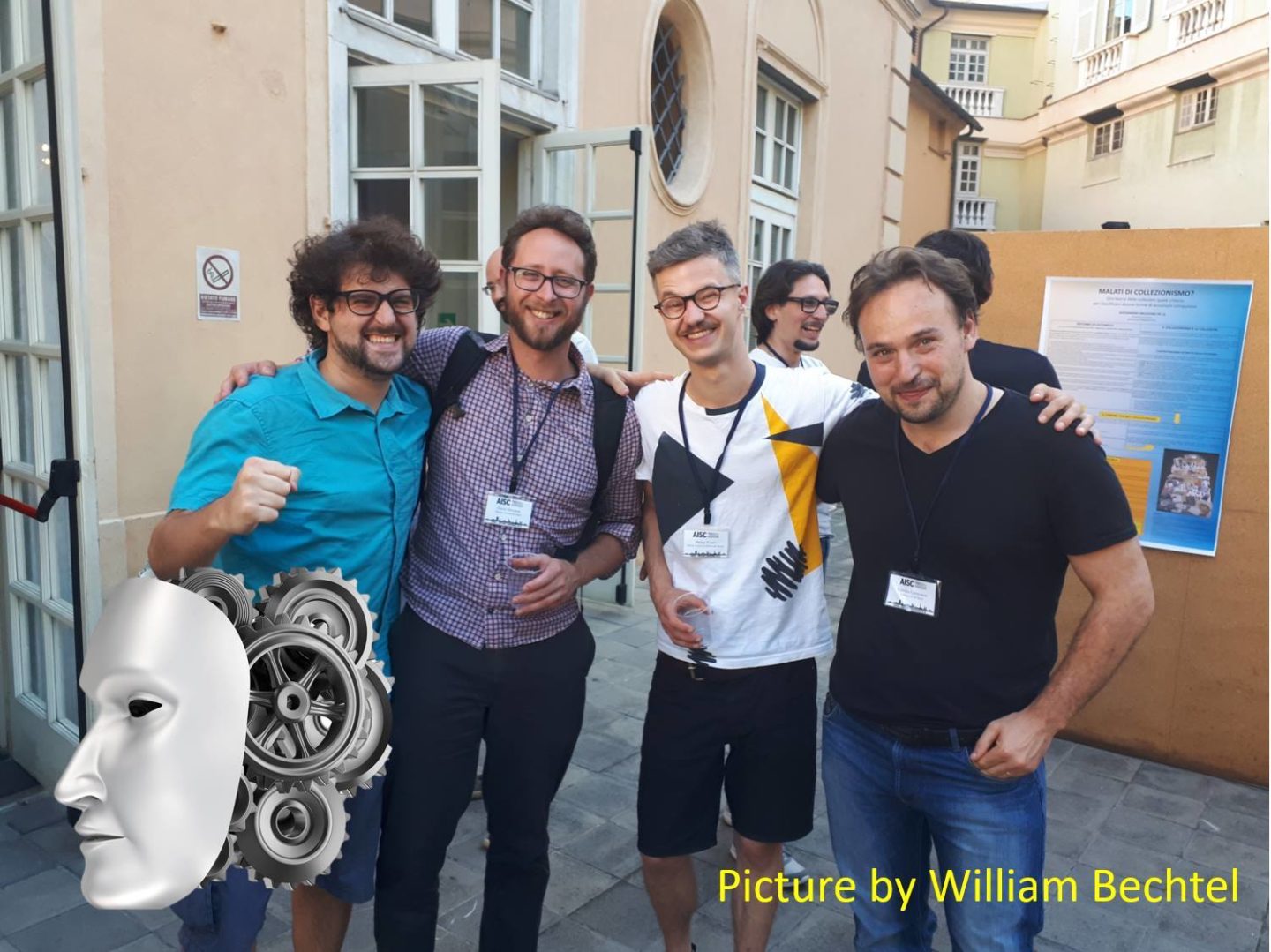Wrapping up: the experience of Neural Mechanisms Online is suggestive that long-term online events can provide a scaffold for community-building. And they can do so with relatively low costs.
Limitations Of Online Events?
Webinars are our most popular format. Our recipe is simple enough: during the first hour, a speaker presents her manuscript (that we have shared in advance with our mailing list and on the Brains Blog). Then, there is a Q&A with invited expert discussants. Next and last, we open the Q&A with attendees.
How Can Online Webinars Overcome These Limitations?

One of the most rewarding outcomes of NMO is that the participants have had the occasion to meet an astonishing number of colleagues of various ages and from various parts of the world. We dare say that something like an international community is beginning to take shape. If we sum up the keynote speakers of our webinar series (2018, 2019, 2020, 2021), the discussants of each webinar, and the speakers of the other web-events, we have had no less than 160 different academic researchers interacting with our audience for a total of over 3500 people connected. Right now, both our mailing list and our Facebook page have are approaching 1000 subscribers. More importantly, interaction and collaboration between participants in the NMO activities has often extended long after the formal web-events end. For instance, a distinguished editor has recently published an extensive volume collecting many of the papers discussed in the first two editions of the project (see our prior symposium on the Brains blog). More generally, meeting online has allowed us to establish and to reinforce several fruitful and pleasant informal relations with a number of colleagues.
On the flip side, concerns about universities going fully online are understandable. Perhaps the main concern is that academic conferences and meetings are more than just talks; they glue scientific communities together. Indeed, connecting with people is just not the same when doing it online than in person. Physical meetings facilitate the exchange of ideas and encourage networking; new collaborations and trust can be built, especially among participants that have not met yet.
Of course, there is room for improvement—speaking of which: if you have any suggestion, drop them in the comments! But still, we think they fared quite well until now. Especially if you consider they were done with virtually no budget!
The Neural Mechanisms Online Community
It is often said that online-shift prompt by the COVID-19 outbreak might represent the only positive aspect of the tragic events that are today shocking the world. Today, the advantages of online conferences and meetings, particularly in light of their inclusivity and low environmental impact, are for all to see. Synchronous (i.e., in real-time) online technologies offer scholars that are geographically dispersed an opportunity to interact and collaborate in unprecedented ways. Based on this, many have made the case that online should be the new normal even in post-pandemic times for conferences (Trappes and Perkins, 2021) and other kinds of events (Byrd, 2021).
We sometimes enjoy to (pretend to) brag that “we did online events before it was mainstream”. The fact that the project is now in its fourth year of continuous activity speaks positively about sustainability of online technologies over time. Neural Mechanisms Online (NMO) is a series of synchronous web events dedicated entirely to the philosophy of neuroscience (neuralmechanisms.org). Participants so far have included several of the most established philosophers of neuroscience and neuroscientists, along with some promising younger researchers.
Instead of tackling “what-is-right” questions, we stay on the other side of the is-ought conundrum. Namely, based on our own experience in organizing Neural Mechanisms Online, we would like to address “what-is-possible” questions such as: Can online events create real community engagement? Can this engagement be sustained over time? We can give a positive answer to these questions.
